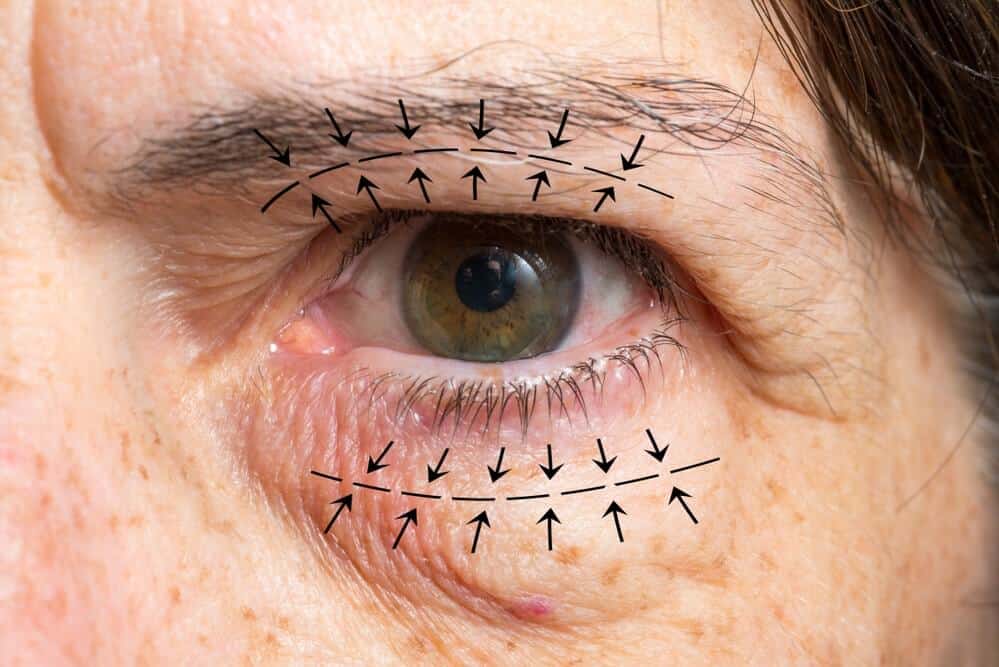Oculoplastic and reconstructive surgery (also known as oculofacial surgery) is a highly specialized practice of ophthalmology and plastic surgery that manages and treats deformities and abnormalities of the eyelids, lacrimal (tear) system, the orbit (bony cavity surrounding the eye) and the adjacent facial structures.

An oculofacial plastic surgeon is a board certified ophthalmologist and plastic surgeon who has completed specialized training in plastic surgery of the eyelid area and surrounding structures. Based on this advanced surgical training, the oculofacial surgeon is ideally suited to treat the eyelid and adjacent structures as they relate to the eyes and face.
In addition to focusing on disorders of the eye, the oculofacial surgeon focuses on conditions that affect the bony structures around the eye and immediate facial area, including eyelids and eyebrows. An oculofacial surgeon diagnoses and treats blocked tear ducts, eyelid and orbital trauma, congenital abnormalities, orbital tumors and cancer of the eye tissue, thyroid eye disease, dermatochalasis, and ptosis (droopy eyelids).
Oculofacial surgeons also specialize in cosmetic surgery to improve vision as well as the appearance of eyelids and eyebrows in order for patients to look and feel their best.
The oculofacial surgeons at the Wheaton eye clinic are members of the prestigious American Society of Ophthalmic Plastic and Reconstructive Surgery (ASOPRS). To become a member of this society, one must complete an approved fellowship training program that has fewer than 30 positions in the world each year.
Wheaton Eye Clinic’s unparalleled commitment to excellence is evident in our continued growth. Today we provide world-class medical and surgical care to patients in six suburban locations—Wheaton, Naperville, Hinsdale, Plainfield, St. Charles, and Bartlett.
(630) 668-8250 (800) 637-1054